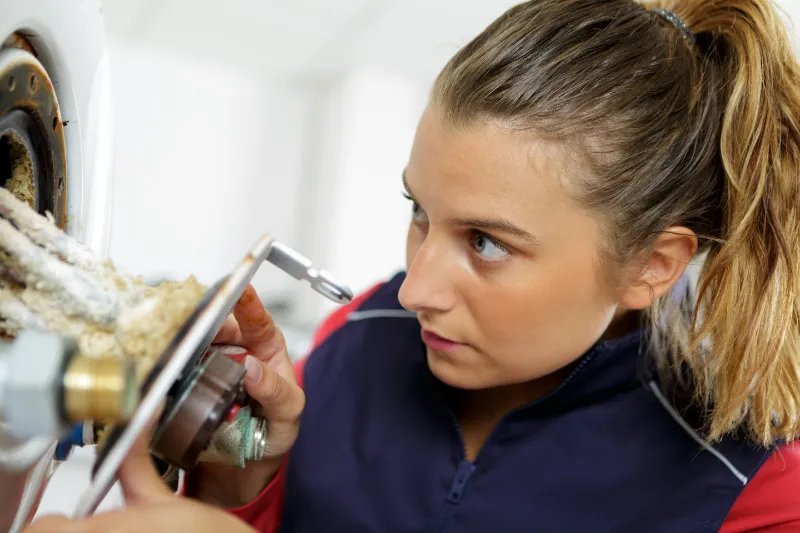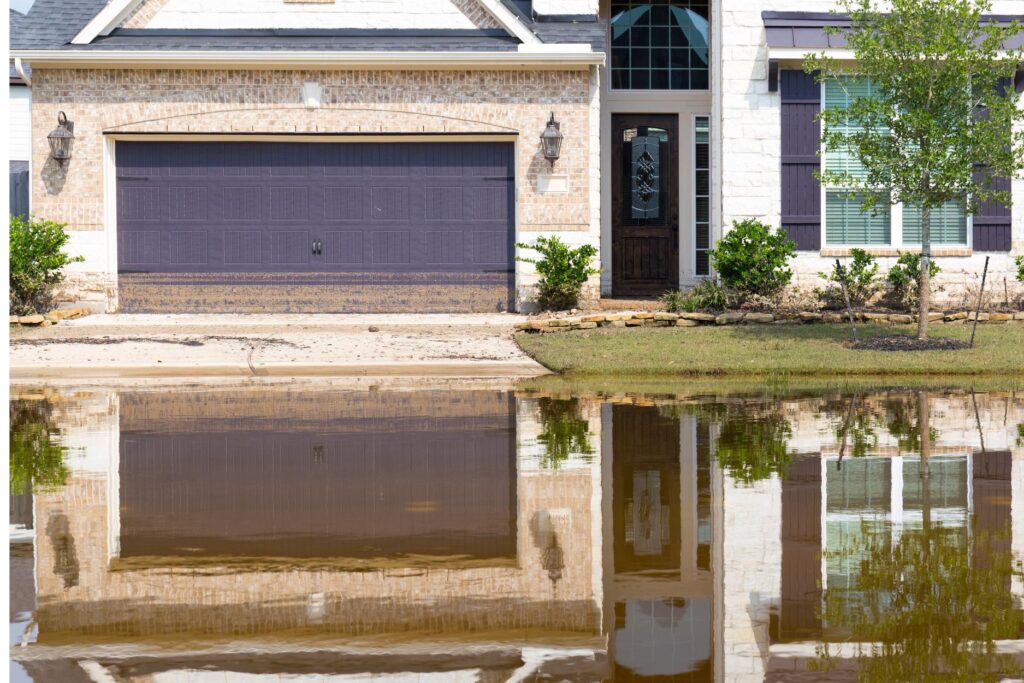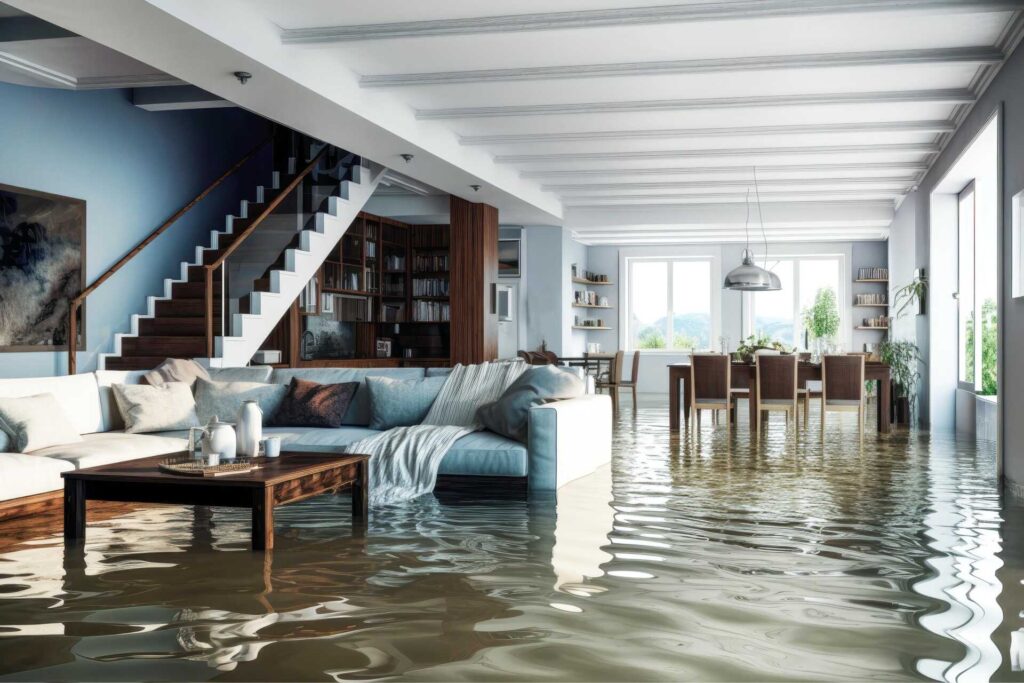Contents
Are you worried about potential broken pipes in your home? What are the major causes of failure of pipes? Don’t fret – we’ve got you covered! In this article, we’ll help you identify the signs of broken pipes so you can address the issue promptly.
Keep an eye out for:
- Unexplained water stains
- A sudden decrease in water pressure
- An unpleasant odor in the water
- Constantly running water meter
- Puddles in unexpected areas
By recognizing these signs, you’ll be able to take necessary action and protect your home.
Key Takeaways
- Visual signs of broken pipes in a home include water stains on walls or ceilings, damp or wet spots on the floor, mold or mildew growth, and cracked or peeling paint.
- Auditory signs of broken pipes may include dripping or running water sounds, banging or clanging noises, whistling or hissing sounds, gurgling or bubbling sounds, and constant water flow noise.
- Odor signs of broken pipes can include musty or earthy smells, sewage or rotten egg odors, chemical or metallic odors, sulfur or ammonia-like smells, and foul or stagnant water smells.
- Water quality signs that may indicate broken pipes include discolored or rusty water, cloudy or turbid water, low water pressure, fluctuating water temperature, and sediment or particles in the water.
- Structural signs of broken pipes in a home can include foundation cracks or shifts, sinkholes or depressions in the yard, puddles or standing water around the house, sink or toilet movement, and sagging or uneven floors.
Unexplained Water Stains
If you notice unexplained water stains appearing on your walls or ceilings, it may be a sign of broken pipes in your home. Water stains can be a cause for concern, as they indicate that water is leaking somewhere within your walls or ceilings. This not only poses a risk to the structural integrity of your home but can also lead to more serious issues like mold growth and damage to your belongings. It’s important to address these water stains as soon as possible to prevent further damage and ensure the safety of your home.
When you come across water stains, it’s crucial to investigate the source of the leak. Broken pipes are a common culprit for water stains, especially if the stains are near plumbing fixtures or in areas where pipes run through the walls or ceilings. Look for any signs of water damage, such as dampness, discoloration, or softening of the affected area. It’s also important to check for any unusual odors, as stagnant water can emit a musty smell.
If you suspect broken pipes as the cause of the water stains, it’s highly recommended to seek professional help. A licensed plumber will have the expertise and tools to locate and repair the broken pipes effectively. They’ll be able to assess the extent of the damage and provide you with the best course of action to prevent future leaks.
In the meantime, it’s important to minimize the damage caused by the leaking water. You can do this by placing a bucket or container under the stained area to catch any dripping water. It’s also advisable to turn off the water supply to the affected area to prevent further leaking. This will buy you some time until a professional can come and fix the broken pipes.
Sudden Decrease in Water Pressure
When experiencing a sudden decrease in water pressure, you may be facing a sign of broken pipes in your home. This can be a frustrating problem, as it can disrupt your daily activities that rely on water, such as showering or washing dishes. However, it’s important to address this issue promptly to prevent further damage and inconvenience.
Here are four signs that indicate a sudden decrease in water pressure may be due to broken pipes:
- Multiple fixtures are affected: If you notice a decrease in water pressure in various areas of your home, such as the kitchen, bathroom, and laundry room, it’s likely that there’s a problem with your main water line or a significant pipe breakage.
- Noises in the pipes: When you turn on a faucet or flush a toilet, do you hear strange noises like banging or rattling coming from the pipes? This could indicate a broken pipe that’s causing a decrease in water pressure.
- Water discoloration: Another sign of broken pipes is discolored water. If you notice brown or rust-colored water coming out of your faucets, it may be a result of pipes that have corroded or burst.
- Water leaks: Keep an eye out for any visible water leaks around your home, such as wet spots on walls, ceilings, or floors. A sudden decrease in water pressure could be a result of water leaking from broken pipes.
If you observe any of these signs, it’s crucial to contact a professional plumber immediately. They have the expertise to identify and repair broken pipes, restoring your water pressure and preventing further damage to your home. Remember, addressing the issue promptly will save you time, money, and unnecessary inconvenience.
Unpleasant Odor in the Water
If you detect a foul smell in your water, it could be an indication of a contaminated or broken pipe in your home. Unpleasant odors in the water aren’t only unpleasant to taste and smell, but they can also pose health risks if consumed. The presence of a foul odor usually suggests that there’s a problem with the plumbing system, and it’s important to address it promptly.
There are several potential causes for the unpleasant odor in your water. One possibility is that there’s a buildup of bacteria or other microorganisms in the pipes. These microorganisms can produce gases that give off a foul smell. Another possibility is that there’s a crack or break in one of the pipes, allowing contaminants to enter the water supply. In some cases, the odor may be caused by chemicals or minerals present in the water source.
To determine the source of the odor, it’s recommended to contact a professional plumber who can inspect your plumbing system. They’ll be able to identify any broken or damaged pipes and recommend the appropriate course of action. In some cases, a thorough cleaning of the pipes may be necessary to remove any bacteria or contaminants causing the odor. In more severe cases, pipe repairs or replacements may be required.
Constantly Running Water Meter
Check your water meter regularly for any signs of constantly running water. A constantly running water meter can indicate a problem with your plumbing system that needs immediate attention. Here are four signs to look out for:
- Meter readings that don’t match your water usage: If you notice a significant increase in your water meter readings, but your water usage hasn’t changed, it could indicate a leak or a broken pipe. Keep track of your meter readings and compare them to your water bills to identify any discrepancies.
- Continuous movement of the meter dial: When you’re not using any water in your home, the meter dial should remain still. If you notice the dial constantly moving, even when all faucets and appliances are turned off, it’s a clear indication of a problem.
- Unusually high water bills: A constantly running water meter can result in unexpectedly high water bills. If you’ve noticed a sudden increase in your water bills without any change in your water usage habits, it’s a sign that there may be a leak or a broken pipe.
- Audible sounds of running water: If you hear the sound of running water, even when all water sources are turned off, it’s a strong indication that there’s a leak somewhere in your plumbing system. Pay attention to any unusual sounds and investigate the source promptly.
Puddles or Dampness in Unexpected Areas
Look for any puddles or dampness in unexpected areas of your home as a potential sign of broken pipes. As a homeowner, it’s important to be vigilant and proactive in identifying any signs of plumbing issues. Puddles or dampness in unexpected areas can indicate leaks or bursts in your pipes, which can lead to further damage if left unaddressed.
When you notice puddles or dampness, it’s crucial to investigate the source. Check for any visible leaks around appliances such as sinks, toilets, or washing machines. Look for water stains on walls, ceilings, or floors, as these can be signs of hidden pipe leaks. Pay attention to any musty or moldy odors, as they may indicate water accumulation in hidden areas.
If you find puddles or dampness in unexpected areas, it’s essential to take immediate action. First, turn off the water supply to prevent further damage. Then, contact a professional plumber to inspect and repair the broken pipes. Remember, attempting to fix the issue yourself may worsen the problem and cause additional damage.
Ignoring puddles or dampness in unexpected areas can lead to serious consequences. Water damage can weaken the structure of your home, promote mold growth, and even pose health risks to you and your family. By addressing broken pipes promptly, you can save yourself from expensive repairs and potential health hazards.
Conclusion
So, if you notice unexplained water stains, a sudden decrease in water pressure, an unpleasant odor in the water, a constantly running water meter, or puddles and dampness in unexpected areas, it’s a sign that you may have broken pipes in your home.
Don’t ignore these signs, as broken pipes can lead to costly water damage and health hazards.
It’s important to get professional help to fix the issue as soon as possible.




